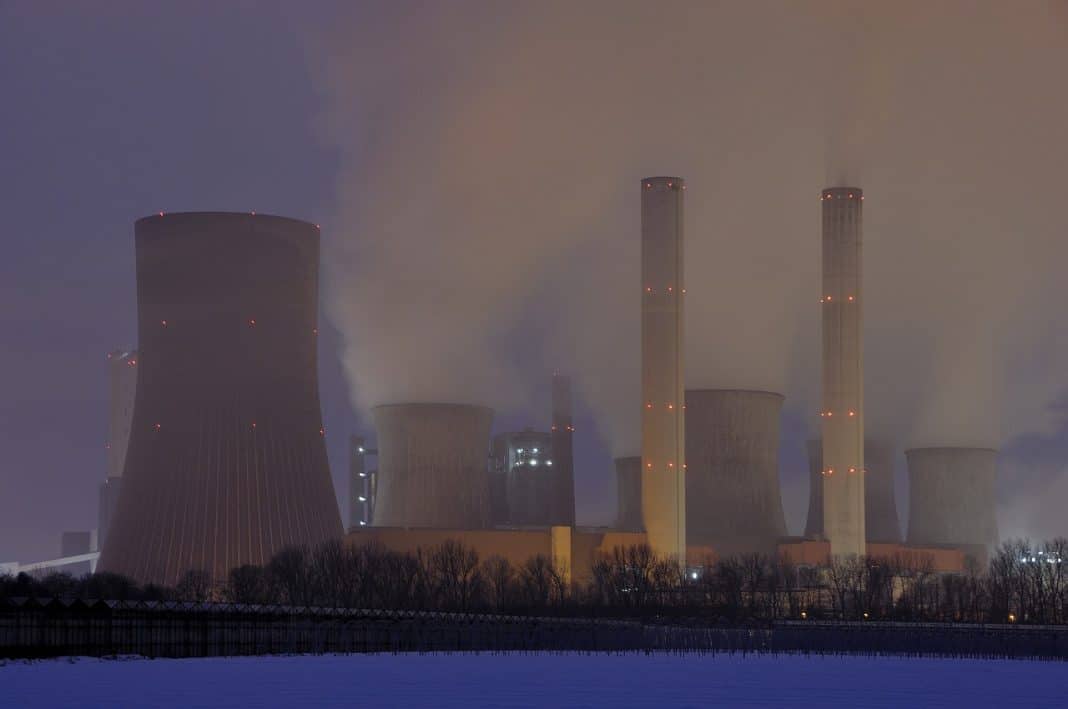Prices on China’s new carbon credit trading system may rise as more industries join in.
Based on a recent survey conducted by consultancy ICF and SinoCarbon Innovation & Investment, new industries will include:
• Cement
• Steel; and
• Electrolytic Aluminum Manufacturers.
By 2024, petrochemicals, paper, chemicals, and aviation will likely join, too.
The survey involved 420 participants from research institutes, financial institutions, and local governments. Most respondents are from firms that are already watching their GHG emissions. Half are already registered within China’s Emissions Trading Scheme (ETC).
Experts believe this could cause the price of carbon credits in China to increase 78% by 2025 – and even more by 2030.
The Carbon Credit Industry in China and Around the World is Booming.
Both Compliance Carbon Markets and Voluntary Carbon Markets (VCM) are still strong in China. Demand for carbon credits and offsets are high (and supply is limited). The demand is mainly due to:
• Increased regulation,
• New global standards; and
• An increased awareness.
Simply put, one carbon credit equals one metric ton of carbon.
China’s ETS is a cap-and-trade model (compliance carbon market). This means that industries are provided with an allotted amount of carbon they can emit.
If they go over that amount, they need to purchase credits for every metric ton they are over. Basically, the credits serve as a fine. This encourages industries to reduce their GHG emissions long-term. Companies can also buy or trade these allowances based on their emissions.
According to the Ministry of Ecology and Environment, transaction volume reached 186.7 million tons in February. The total value was CNY8.1 billion ($1.3 billion).
China’s ETS only just launched last July. Currently, China’s ETS is the largest carbon trading hub globally. It covers 2,200 key power firms and around 4.5 billion tons of carbon emissions.


